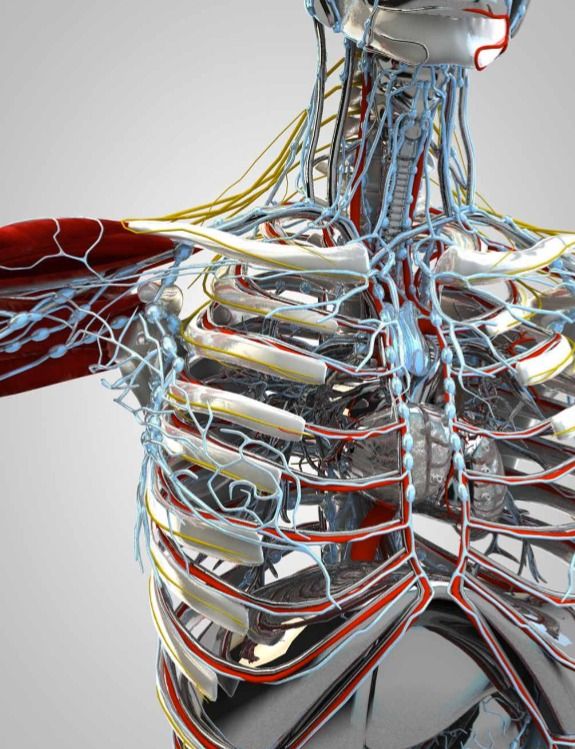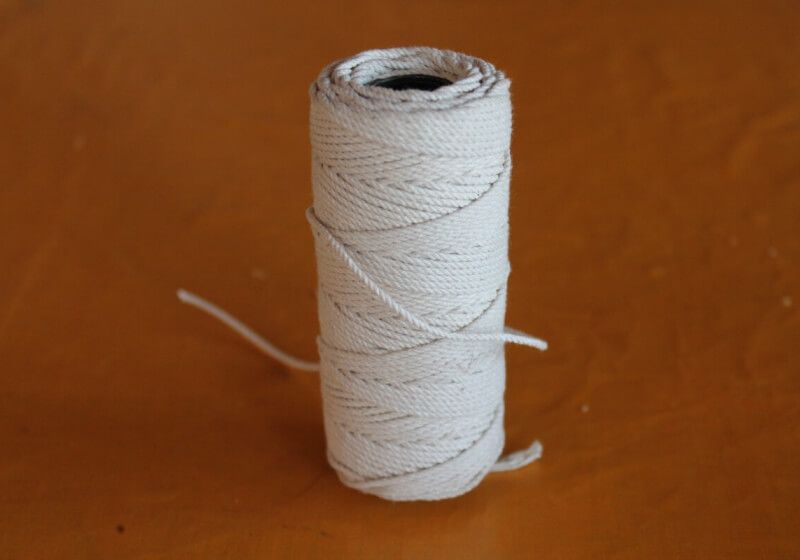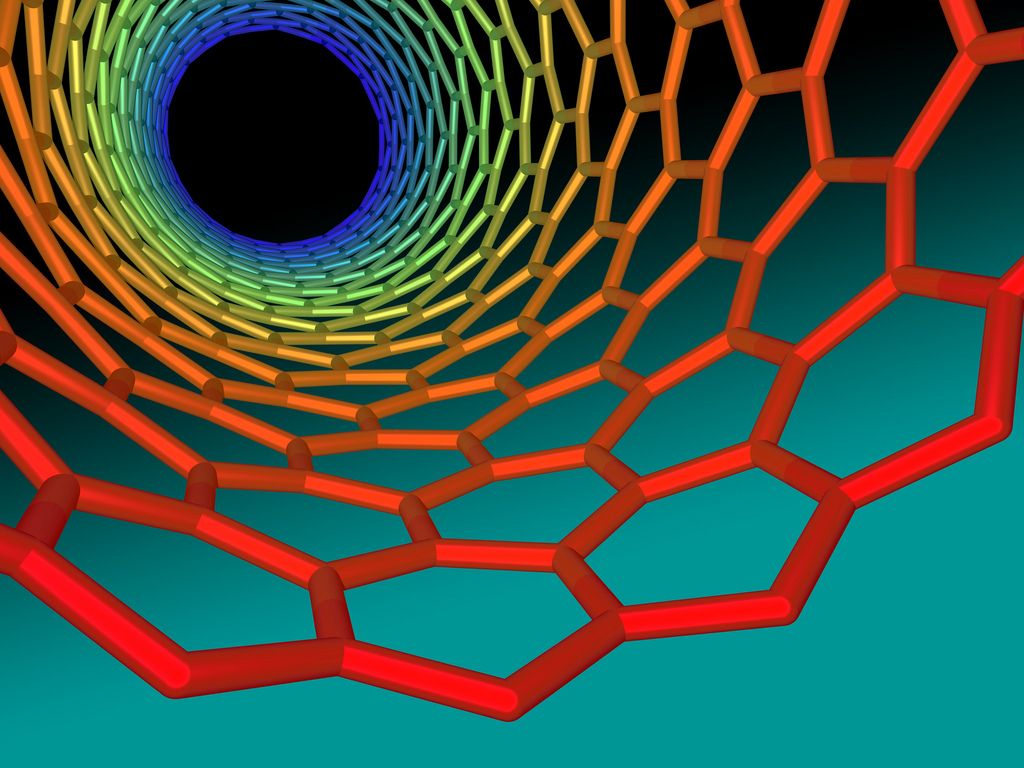Researchers have found that the topological material trisodium bismuthide (Na3Bi) can be manufactured to be as ‘electronically smooth’ as the highest-quality graphene-based alternative, while maintaining graphene’s high electron mobility.
Na3Bi is a Topological Dirac Semimetal (TDS), considered a 3D equivalent of graphene in that it shows the same extraordinarily high electron mobility.
In graphene, as in a TDS, electrons move at constant velocity, independent of their energy.










 עברית ( Hebrew )
עברית ( Hebrew )